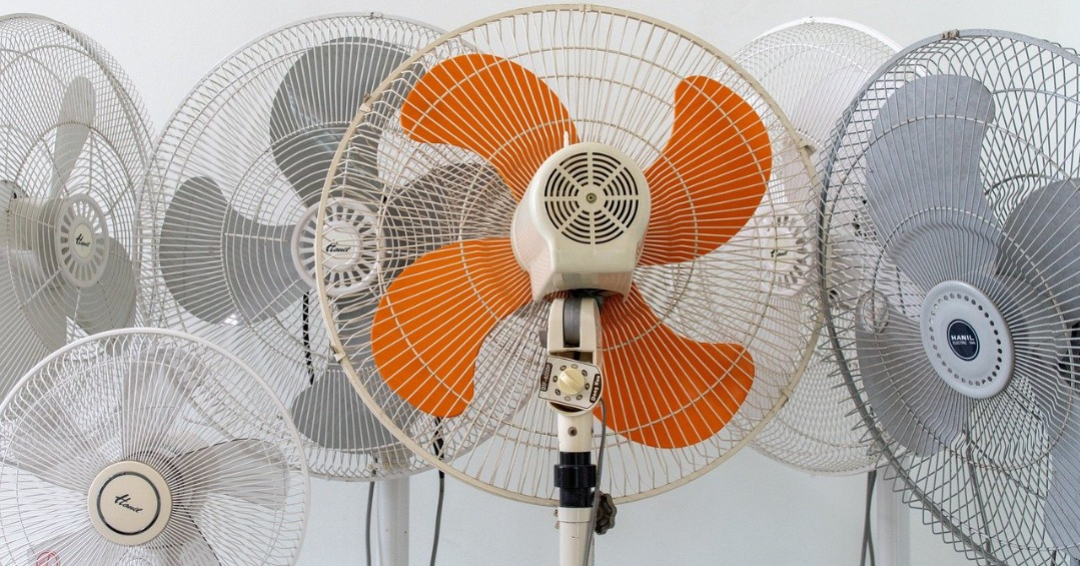Global temperatures are rising, leading to extreme heatwaves in different parts of the world. Death Valley in California and China's Xinjiang region have experienced temperatures above 50℃. The Mediterranean region, including Italy, Spain, France, and Greece, is also facing scorching temperatures exceeding 40℃. During hot weather, people often turn to air conditioners, but these consume a lot of energy and use refrigerants with high global warming potential. To cool homes without causing further harm to the climate, there are a few options that reduce energy consumption and emissions.
- Keep the sun out. Buildings can be protected from excessive heat by implementing various measures such as reflective and ventilated roofs, external window shutters, awnings, and using light-colored roof paint. Research has found that using external window shutters can reduce cooling needs by up to 14% in certain regions, while painting roofs in light colors can reduce indoor temperatures by reflecting the sun's energy. Shade provided by tree canopies can also effectively cool buildings, with research showing that trees covering buildings can lower wall surface temperatures by up to 9℃.
- Rely on natural ventilation. To cool down a poorly ventilated building, opening windows when the outside temperature drops is an effective method to let warm air escape and bring in cooler air. Building design can be enhanced with additional features like ventilation chimneys, roof vents, and wind catchers, which are prevalent in hot and arid regions like the Middle East. Ventilating buildings with cool air at night can help maintain a cooler temperature during the day. Cross ventilation, where fresh air enters through one opening and exits through another, can be facilitated with inner courtyards, a design that has been used for centuries in warmer climates. Research shows that inner courtyards can significantly reduce indoor discomfort hours by 26%.
- Get creative. Our perception of coolness is influenced by factors like humidity and airspeed, not just temperature. Fans can help enhance comfort by improving air circulation. When used in conjunction with air conditioning, fans allow us to raise the thermostat setting from 24℃ to 27℃ while still feeling cool. This simple adjustment can reduce household energy consumption for cooling by over 20%.
Centralized air conditioning systems can waste energy by cooling more than necessary and empty rooms. To address this, personal cooling devices such as desk fans, cooled seats, or wearable thermoelectric coolers can also be used. These devices offer individuals more control over their immediate cooling needs without the need to cool down the entire space, resulting in energy savings and improved comfort.
Source: The Conversation

